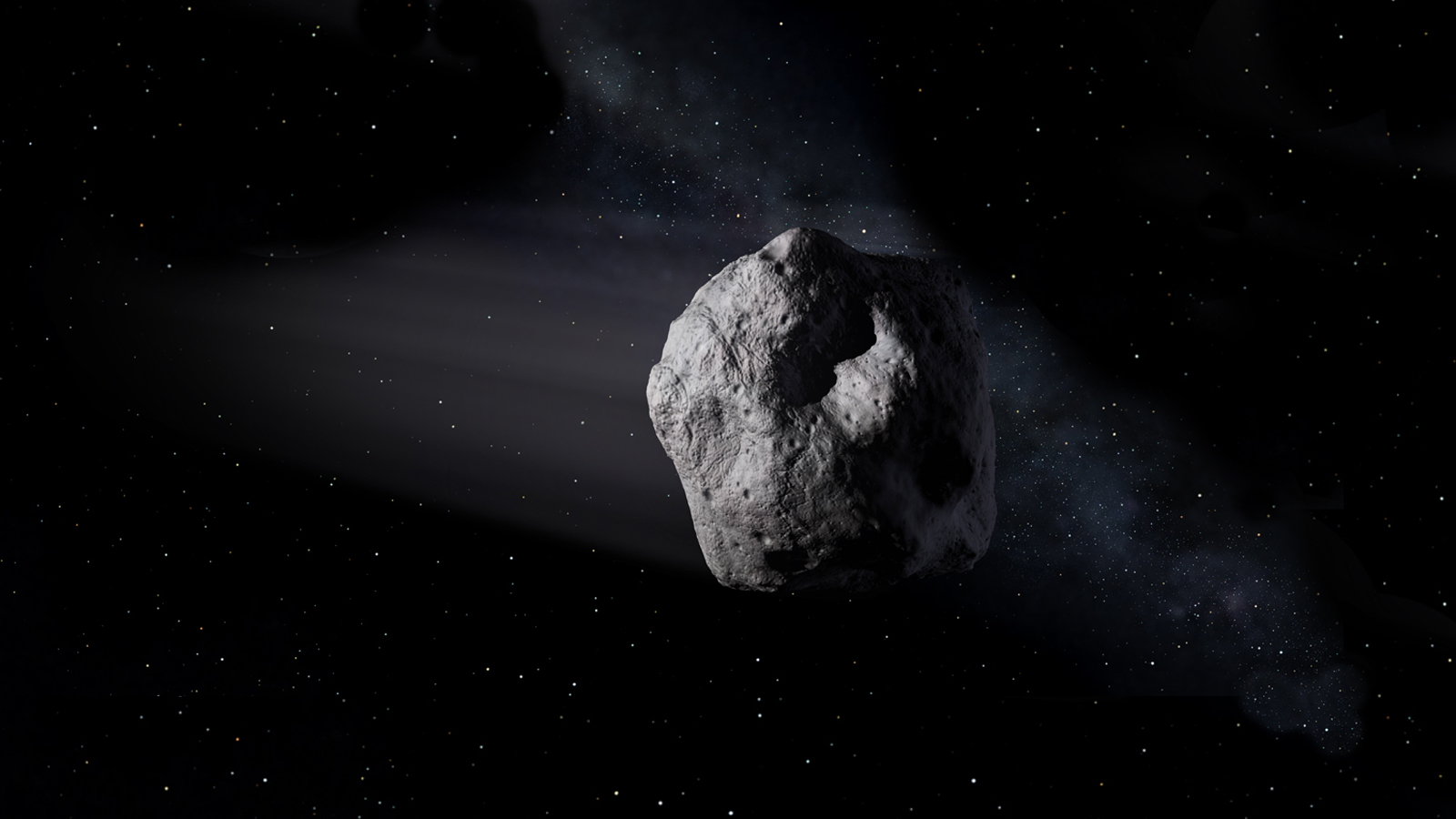
Today is International Asteroid Day, marking the 111th anniversary of the most destructive asteroid event in recorded history: The Tunguska event. On June 30, 1908 near the Podkamennaya Tunguska River in Siberia, an asteroid or meteor slammed into the Earth and caused a huge explosion, flattening over 2,000 square kilometers (770 square miles) of forest. But this event isn’t only a historical curiosity — scientists are still publishing research into the aftermath of the event and what it can tell us about asteroids.
Fortunately for the residents of Siberia at the time of the Tunguska event, the area where the asteroid struck was extremely sparsely populated. No one was killed in the impact, though the devastation to the local environment was significant and the shock wave of the impact was felt around the world. The impacting asteroid was never located, and at the time people believed the shock wave was due to an exploding volcano or a mining accident.
There were several unexplained mysteries about the event — why no asteroid or impact crater was ever discovered, and why no fragments were found.
But recent research about smaller meteor bursts could explain what happened 111 years ago. In February 2013, a meteor burst in the atmosphere near Chelyabinsk, Russia and created a dramatic explosion that blew out windows and injured more than a thousand people. The event was recorded on video and researchers used the footage to estimate the meteor’s size, motion, and speed. They discovered it was size of a five-story building and that it exploded 15 miles above the ground, in a 550 kiloton explosion. It is estimated that a meteor of this size could impact the Earth every 10 to 100 years on average.
Computer modellers took this data and applied it to the Tunguska event. They found that the event was likely caused by a stony meteor rather than an icy one, and that it must have been between 164 and 262 feet in diameter. It entered the atmosphere at a whopping 34,000 miles per hour, and it exploded above the surface at 6 to 9 miles of altitude, which is why there was no impact crater or fragments discovered.
The good news is that the gap between impacts of this size is thought to be measured in millennia, not centuries as previously believed. The bad news is that asteroid impact definitely will continue to occur and we still don’t fully understand how they break up in the atmosphere and how to protect the Earth from impacts.
“Tunguska is the largest cosmic impact witnessed by modern humans,” David Morrison, a planetary science researcher at NASA’s Ames Research Center, said in a statement. “It also is characteristic of the sort of impact we are likely to have to protect against in the future.”



